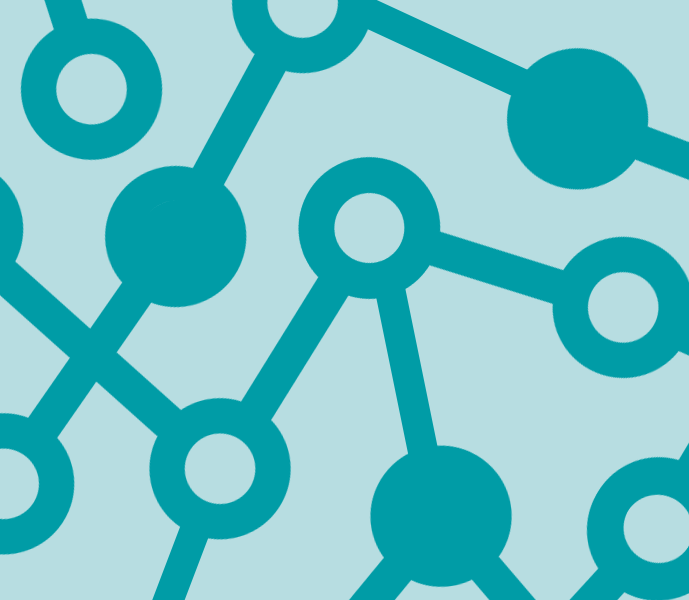Stephanie W. Cawthon, PhD, is the keynote speaker at the Michigan Statewide Conference on Transition for Students with Disabilities on February 26, 2021.
Her keynote address, Transition to Adulthood: Beyond the Checklist to a Design for Life, calls on educators of deaf, deafblind, blind and low vision, and disabled students to rethink the strategies they use to empower young adults who are making the difficult transition to life after high school — to go beyond a checklist that helps teens investigate a training program or apply to college, and instead provide a design for life that prepares them to evolve as people, seize opportunities, and respond to ever-changing environments.
Transition is Key to Lifelong Success
Dr. Cawthon explains the power of a design for life approach:
-
The power of high expectations, in themselves and of others in them. Deaf students with a high level of empowerment are more likely to attend a two-year college by a factor of 20 times. If parents have high expectations, the child is six times more likely to attend a postsecondary institution.
-
The power of self-determination, providing support to a student by encouraging autonomy, strengthening a social network, increasing self-knowledge, and facilitating goal-setting. Deaf youth with higher levels of self-determination during high school are more likely to enroll in college, live independently, have positive self-beliefs, make more money at work, and have more opportunities for career advancement.
-
The power of story, embracing a process of learning through sharing personal experiences and insights from disabled role models to capture what checklists and statistics never can — passion — such as in the success story of Warren “WaWa” Snipe.
Grounded in Data-Driven and Evidence-Based Findings
As Founding Director of the National Deaf Center on Postsecondary Outcomes, Dr. Cawthon reiterates that data and research provide the foundation for its mission to improve educational and employment outcomes for deaf youth. Detailing the center’s recent findings for the U.S. and Michigan, she highlights:
-
Only 17% of deaf people achieve a bachelor’s degree, compared to 30% of hearing people.
-
Almost 23% fewer deaf people are employed than hearing people.
-
48.6% of deaf people with a high school diploma have a job, compared to 70.5% of deaf people with a bachelor’s degree.
Around 50% of deaf people have additional disabilities, which is another important reason that one size does not fit all in transition planning. In addition, a deaf student takes five years on average after graduating from high school to enroll in college or a postsecondary training program, so their transition might need to include child care services or other accommodations provided to nontraditional students.
Dr. Cawthon cites or recommends the following data reports and resources in her keynote address:
